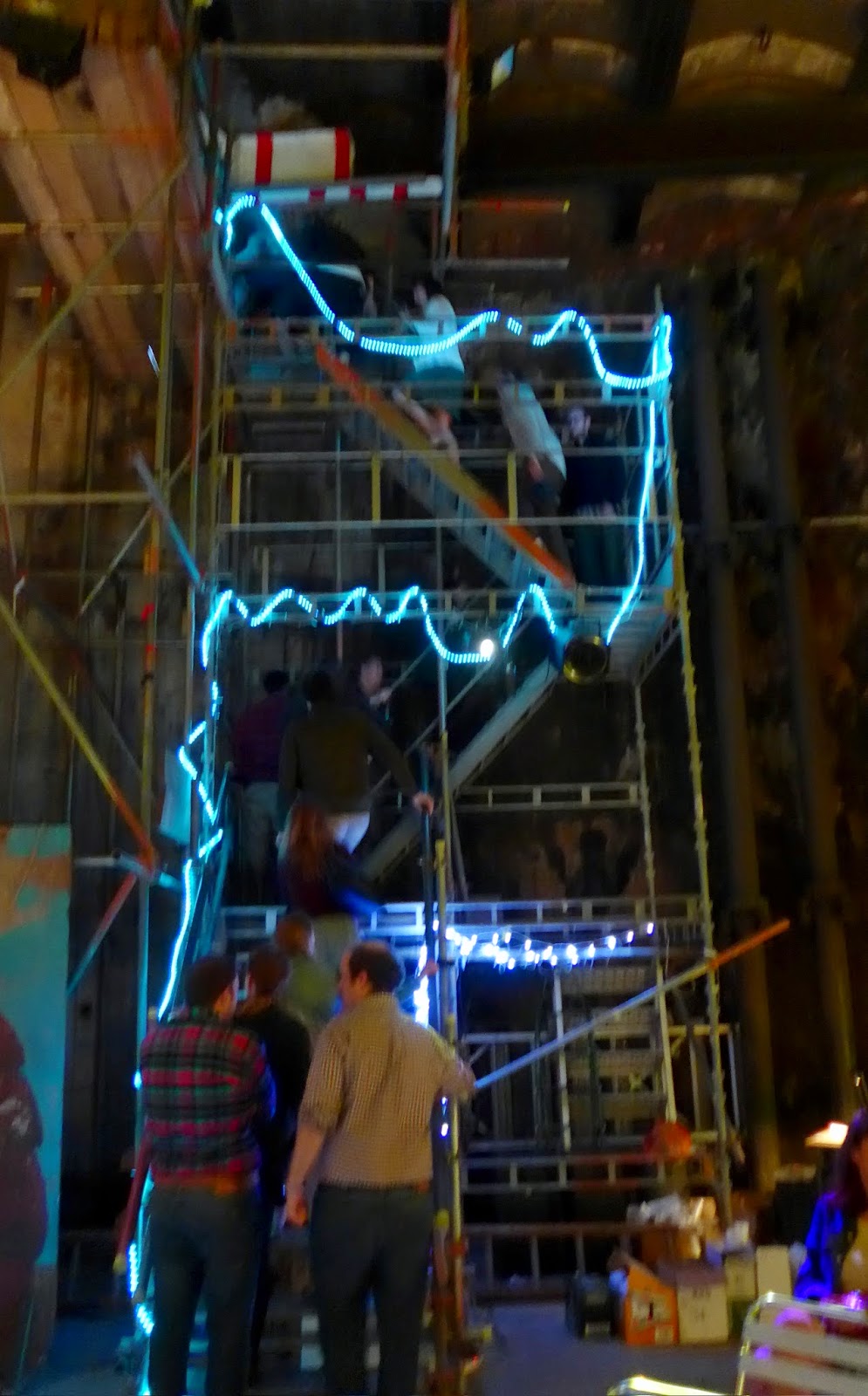Heading to Charing Cross station,
we had a little time before the 14.47 to Catford Bridge.
"We've got ten minutes!"
How to fill them?
"Right I'll take you on my tour of the National Gallery."
Not my tour, but a friends, I hadn't been to the National Gallery for ages.
"Are you sure we have time?"
"Yes, I'll show you all the paintings I look at with my family."
"Oh you turn right, I usually go left."
We begin a whistle-stop tour.
"Van Gogh, those are fabulous colours."
"Monet's Water-Lillies, you don't need to go to Paris."
"There's a painting of South East London somewhere around here.
Pissarro did a painting of Sydenham."
"Is this it?"
"No that's France."
"Upper Norwood, near Crystal Palace, getting closer."
We ask. It's not on display at the moment.
"It's all here, Lady Jane Grey."
"Up through here to the Stubbs."
"It's absolutely huge. It's life-size."
"Those eyes."
"I had forgotten how beautiful the National Gallery is."
"My turn,
I usually head left when I come in here, I'll take you to the paintings I usually see."
The Four Elements by Beuckelaer
Earth
Water
Air.
Fire
"I love the way they are hung, in the round, facing each other."
"They remind me of Grayson Perry's work, all those objects, large compositions,
so many things happening."
We had at one time, seen his tapestries together.
"Have you seen the painting with the skull?
You know, the painting where in order to see it properly,
you have to be standing to the side of the picture, looking at it from an angle."
They hadn't.
That's what happens when you always turn right in the National Gallery.
Mind you I couldn't talk as I usually headed left
and didn't know that Monet's Water-Lillies were even in here.
It's through there.
Holbein, The Ambassadors
"There's the skull,
and this is what happens when you look at it from this angle."
"Clever, the kids would like that."
"Right, we'd better get that train."
We did.
Of course I don't generally advocate for ten minute trips to galleries
but once you get to know a place share it with friends, then head off in a new direction.
And next time you see people spending so little time in front of paintings,
seemingly just stopping to take photos,
it may possibly be part of a longer term relationship with that gallery and those paintings.
One flying visit amongst many, taking it all in.
Like popping in to see old friends.
Hope you enjoyed Eva's tour of the National Gallery,
made possible by my camera phone and free admission.
Details on the National Gallery website, click here.

































































